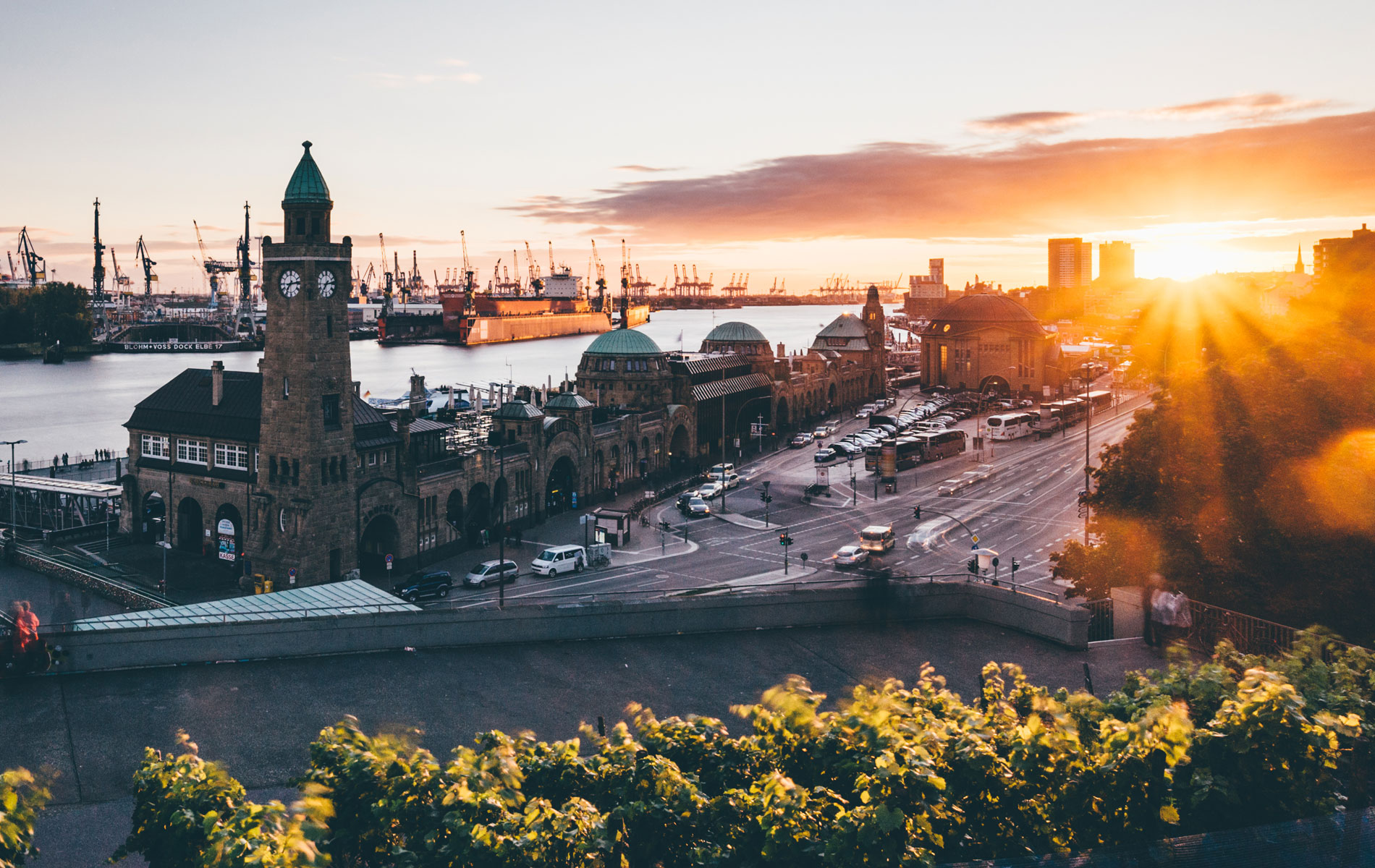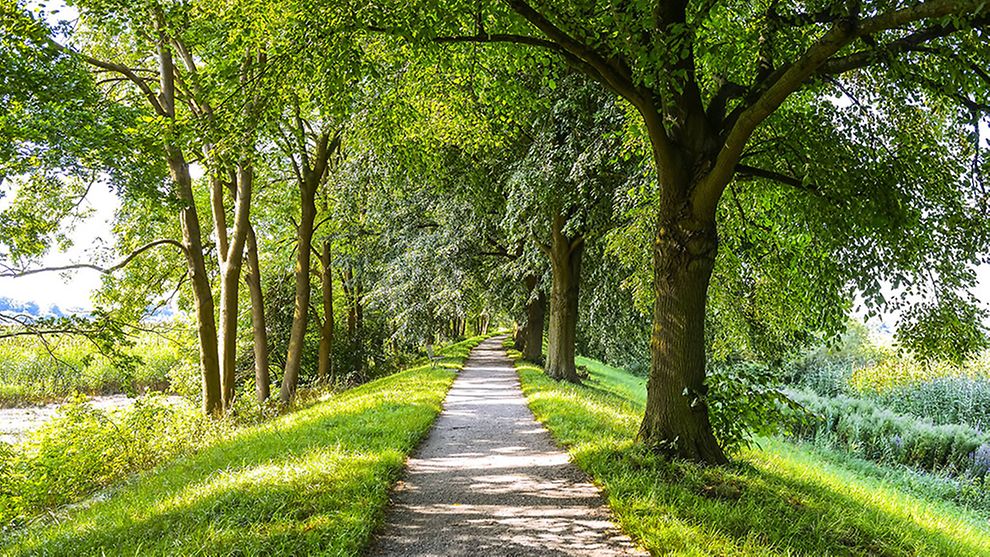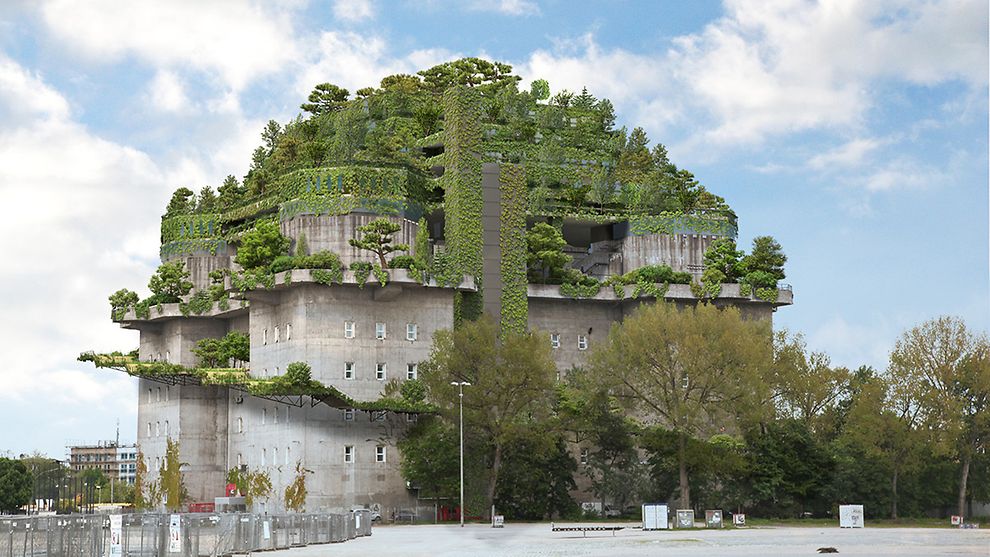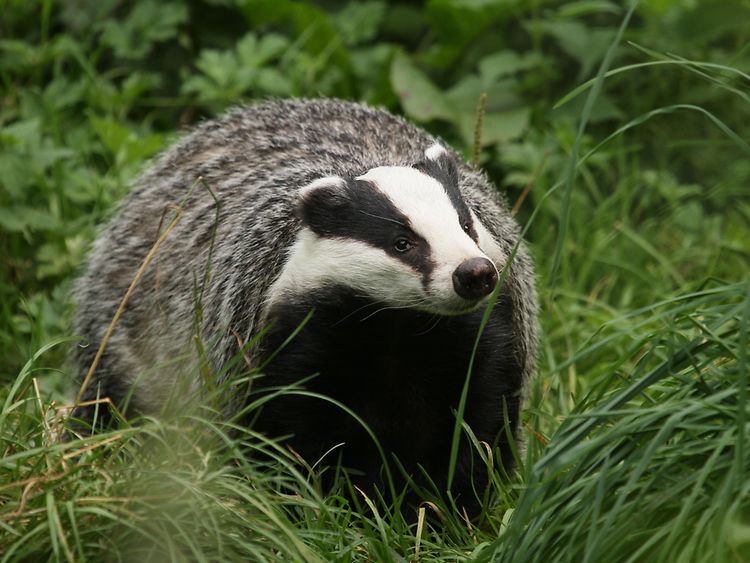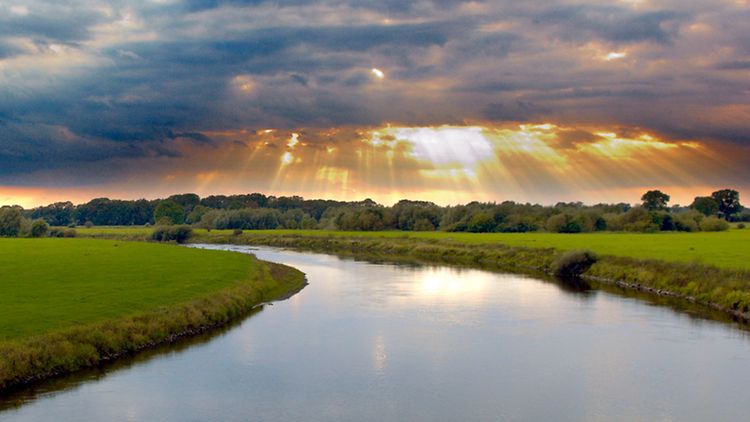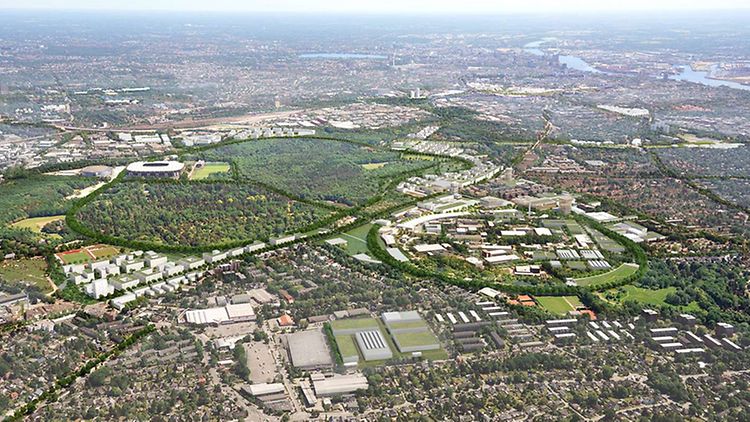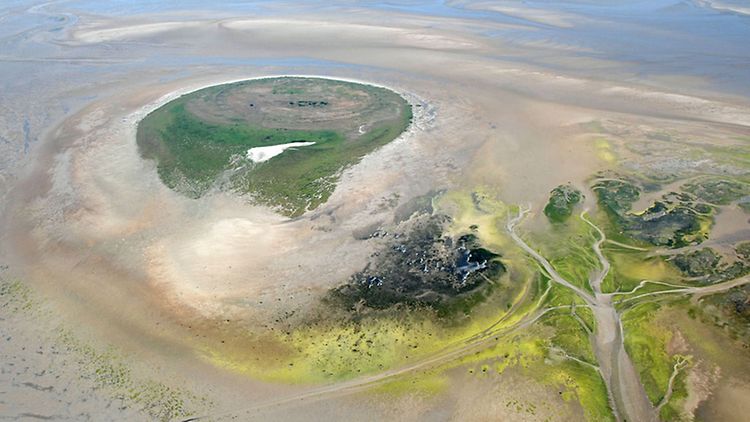With its many waterways, tree-lined streets, public gardens and sprawling suburban parks, Hamburg is a remarkably green city — especially considering its size and population of nearly two million inhabitants. It's not just a happy coincidence that nature seems to be present everywhere you turn. In fact, Hamburg's green environment is the result of an urban planning scheme that has been nearly 100 years in the making. GrünesNetzHamburg (lit. 'Green Network Hamburg') is an extensive design concept connecting Hamburg's urban fabric with easily accessible public green spaces.
A history of Hamburg's green spaces
Hamburg largely owes its high proportion of green to the foresight of city planner Fritz Schumacher. In 1919, he proposed an 'Axial Concept' for providing Hamburg residents with plentiful recreational opportunities and easy access to nature. His innovative plan divided the city into several residential axes and green interaxial spaces such as parks, playgrounds and sports fields. Green corridors were designed to connect the city to the countryside. After WWII, radial and circular green infrastructure were prioritised in Hamburg's reconstruction — and has been ever since. Green, open areas that radiate from the countryside into the city centre ('Landscape Axes') and circular green spaces preserved for agricultural, recreational and ecological use ('Green Rings') are key elements of what we now know as GrünesNetzHamburg.
The Green Network today
Despite pressure from residential and commercial developers, Hamburg's network of parks, gardens and fields continues to shape the city's identity. The green, open spaces of GrünesNetzHamburg are all within reach from the city centre and make for excellent day trips. Take, for example, the footpaths and cycling lanes along the rivers Elbe, Alster, Osterbek, Wandse and Bille, the fruit producing region Altes Land to the southwest, or the bountiful Vier- und Marschlande marshes in the east. Closer to the city, the sprawling parks Altonaer Volkspark, Öjendorfer Park, Wasserpark Dove-Elbe and Harburger Stadtpark offer the perfect surroundings for an after-work jog or weekend picnic. Even deep within the urban fabric of Hamburg nature is never far away: did you know that the streets are lined with no less than 245,000 trees?
For more recreational inspiration and information on GrünesNetzHamburg, take a look at the Green Network Flyer and Green Network Map.
